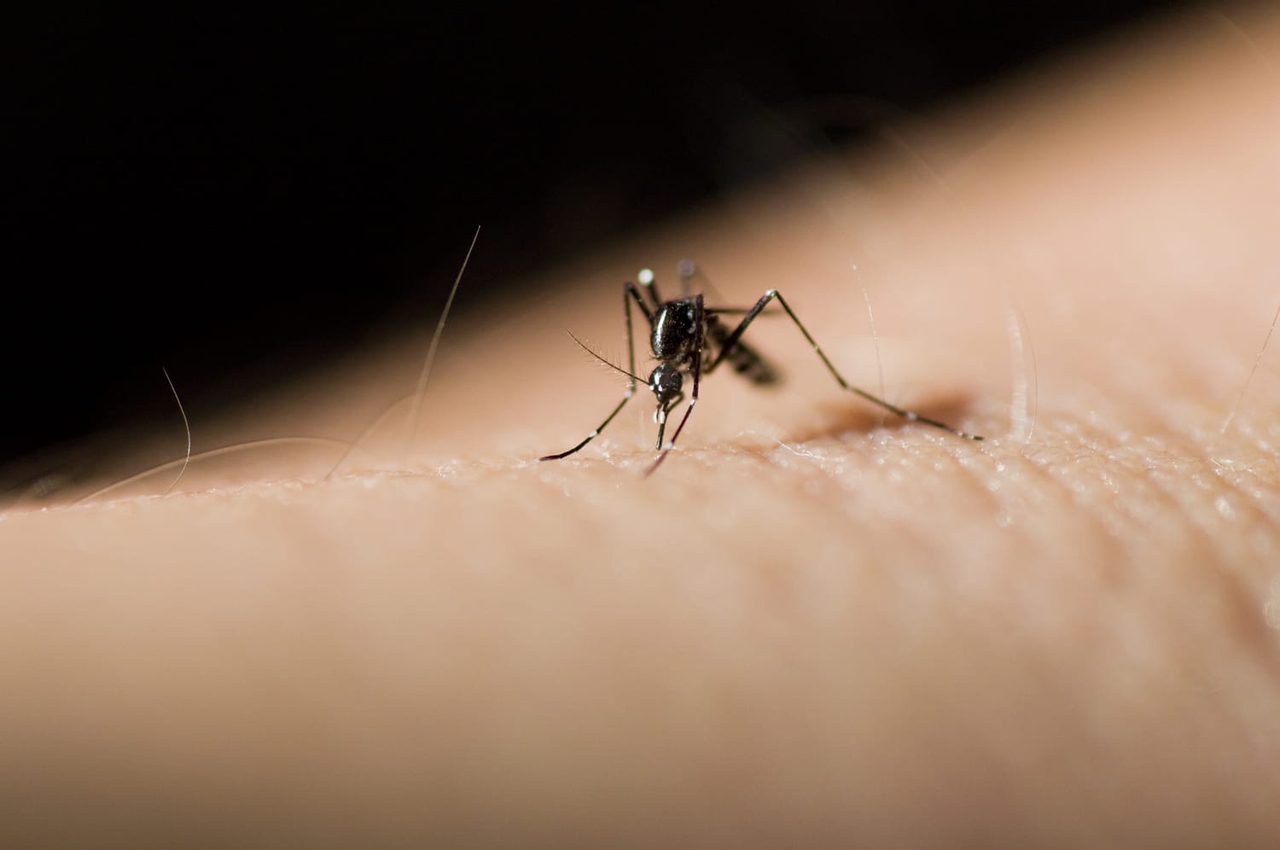Chikungunya: The epidemic continues to slow, but it is not yet over

The chikungunya epidemic is finally subsiding. In its latest report published on October 15, Public Health France reported 729 indigenous cases in mainland France since the beginning of May. This is 250 more cases than a month ago. The number of cases is expected to continue rising, as the tiger mosquito, the vector of chikungunya, is active until the end of November. But since the beginning of October, the number of new cases has been declining: in September, around 100 cases were detected per week, compared to only 34 during the second week of October.
Also, many outbreaks are no longer active. Several major outbreaks have been identified, notably in Provence-Alpes-Côte d'Azur, Nouvelle-Aquitaine, and Occitanie. The city of Antibes is affected by the main outbreak, with 134 cases. This is the largest outbreak ever observed in France.
Where have indigenous cases been detected this year?All indigenous cases have been detected since June in these regions: Provence-Alpes-Côte-d'Azur, Corsica, Occitanie, Auvergne-Rhône-Alpes, and for the first time in Nouvelle-Aquitaine, Grand-Est, Bourgogne-Franche-Comté and Centre-Val de Loire. The main outbreaks with the highest number of cases have been identified:
- in the Alpes-Maritimes in Antibes (134 cases),
- in Dordogne in Bergerac (96 cases),
- in the Var in Fréjus (78 cases),
- in Bouches-du-Rhône in Vitrolles (46 cases),
- in Isère in Eybens (36 cases),
- in the Gard in Poulx-Caveirac (21 cases).
"Such an early start to the mosquito's active season and such a high number of outbreaks have never been observed before," Public Health France stated in a previous report. Since the beginning of 2025, more than 1,900 cases of chikungunya (imported and indigenous) have been detected in mainland France, including 1,000 between May 1 and the end of September alone, according to Public Health France. In the previous two years, only around thirty cases had been reported, including 0 or 1 indigenous case (contracted on the territory). In a press release issued on September 17, Public Health France reported an "unprecedented context in France."
What are the latest figures for the epidemic in Réunion and Mayotte?The chikungunya epidemic is over in Réunion and Mayotte. In Mayotte, the trend in the number of cases has been downward since July, and virus circulation is currently low. However, "maintaining low-level viral circulation in the territory could encourage a resurgence of the epidemic at the start of the next rainy season," according to Public Health France . More than 1,200 cases have been detected so far, and no deaths have been reported.
In Réunion, a decline in epidemic indicators has been observed since the end of April. The epidemic is now "of low intensity," even though the virus is still circulating and "cases are still being confirmed," according to the latest report from Public Health France published on June 18. Nearly 54,000 cases have been reported on the island since the beginning of the year. The chikungunya epidemic has caused the deaths of a total of 27 people, who were "mainly" over 65 years old and had comorbidities.
How to protect yourself from chikungunya?Several vaccines against chikungunya exist. Until now, travelers were not recommended to be vaccinated against chikungunya. However, in its 2025 recommendations for travelers , the High Council for Public Health has updated its recommendations regarding chikungunya.
The Ixchiq vaccine, which had been contraindicated in people over 65, has been reauthorized in this age group, according to the European Medicines Agency . Several serious adverse effects - including three deaths - were recorded during the vaccination campaign implemented in Réunion at the beginning of April, according to the French National Agency for the Safety of Medicines . Another vaccine authorized in Europe in February 2025 called Vimkunya is available in France but has not yet been officially recommended.
Aside from vaccination, the only way to protect yourself from the disease is to avoid mosquito bites by using repellents, mosquito nets, and wearing long, loose-fitting clothing. It is recommended that people living in, visiting, or returning from Reunion Island monitor themselves for symptoms.
Vulnerable people must be particularly vigilant, especially those suffering from chronic illnesses, but also pregnant women and immunocompromised people, and now those over 65, for whom vaccination is not recommended. The disease can indeed be serious in these people. There is currently no specific treatment for chikungunya. The only available treatments are symptomatic, including paracetamol. Part of the population is already immune to chikungunya following the last epidemic in 2005-2006, which affected approximately 260,000 people.
L'Internaute





